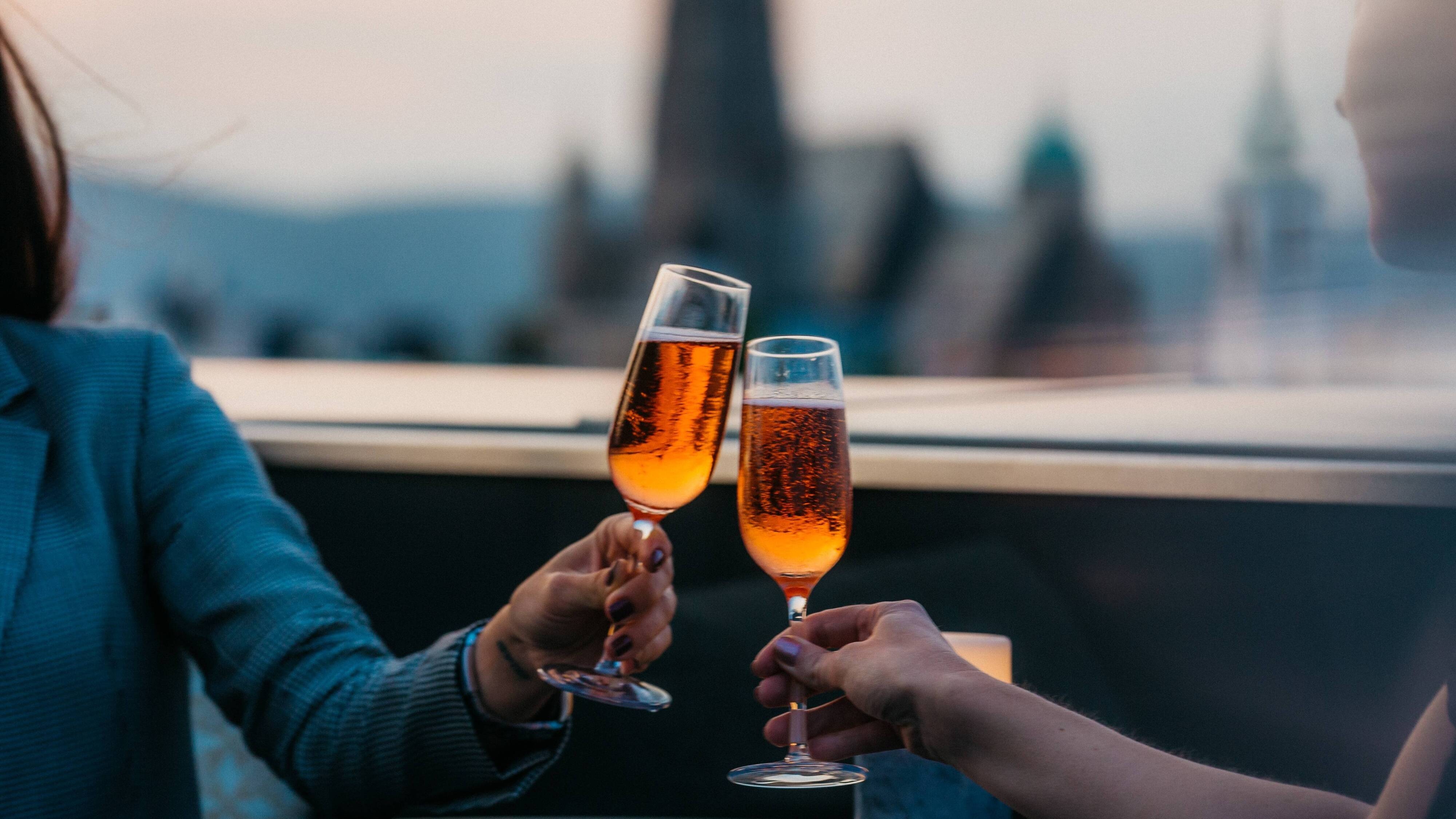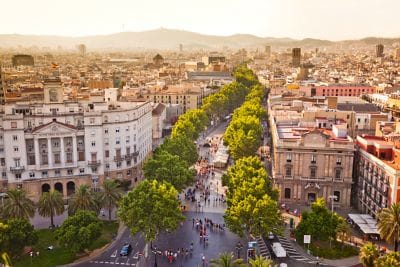
Palaces and castles, fairy-tale forests and dramatic cliffs: Those are the images that first come to people’s minds when they think of Sintra. But this otherworldly UNESCO-listed destination is slowly gaining recognition for another of its gems: rich gastronomy.
Throughout history, the area now designated as the Natural National Park of Sintra-Cascais has been renowned for its culinary bounty. Pork, lamb and veal pasture in the area’s verdant flats, while walnut and citrus trees and heirloom cabbages dot its fertile slopes. Fresh fish and shellfish, such as bass, bream, mussels and scarlet shrimp, are caught by fishermen along the spectacular stretch of Atlantic coast, with its rugged cliffs, crashing waves and near-empty stretches of sandy beach. And the vineyards of Colares, the westernmost wine region in continental Europe, snake through sand dunes.
Moors, northern Africans who conquered the Iberian Peninsula in a.d. 711, recorded the first recipes in Sintra. Built on a lofty peak in the eighth and ninth centuries, the Castle dos Mouros provided them an unparalleled vantage point, stretching out across the plateau to the sea several kilometers away and flanked by dense mountainside woods. The castle’s ruins can be explored on foot in the evergreen forests of Pena Park, as well as the granaries and vast cisterns used to store food and great quantities of water during times of battle.

ROYAL CONFECTIONS
By the 16th century, with the Moors vanquished and Portugal firmly established as a country, Sintra became the preferred hideaway for the Portuguese royal family. A stone’s throw from the political and economic center of Lisbon, it provided the aristocracy with a salubrious escape from the city air. With its combination of strawberry-tinged facades and rich lemon-yellow paintwork, the Pena Palace provides a testimony to these extravagant times.
Royal palace banquets were all the rage in those days. Pastry chefs and nuns were enlisted to create myriad confections, some of which were fashioned into extravagant edible centerpieces. Other Portuguese sweets were sold at local bakeries, such as Casa Piriquita, founded in 1862 (King Carlos I was a daily visitor during his stay in Sintra during the summer months). More than 250 years later, the shop continues to sell two of the region’s most treasured treats: travesseiros, puff pastries filled with almond-and-egg-yolk cream; and traditional tartlets known as queijadas, pastry shells cradling a mix of fresh cheese, sugar, flour and cinnamon. (Queijadas can also be found at Pastelaria Gregório and Sapa, two other local bakeries that make them from scratch.)


The best ingredients Sintra has to offer can be found at local farmers markets, featuring locally sourced fish, meat, fruit, vegetables, flowers, cheese and spices, as well as specialties like baked goods and honey.
ROOTED IN TRADITION
Sintra remains a crown jewel among the Portuguese regions, and a host of traditional and family-run restaurants and markets are doing their part to keep the area’s culinary history alive and showcase the choice ingredients the region has to offer.
At the nearly four-decade-old Mar do Inferno, fresh shellfish is accompanied by a magnificent view of the Atlantic, where the restaurant’s seafood comes from. (Standouts include the bruxas, or “slipper lobster,” and the shrimp curry.) Tender Iberian pork, as well as other traditional Portuguese dishes like codfish, are on the menu at Adega das Azenhas, a family-run restaurant opened almost 30 years ago. The unassuming entrance ushers visitors into a world of dishes like espetadas de lombinho (pork skewers), bacalhau à Azenha (fried codfish loin) and filetes de pescada com arroz de tomate (haddock fillets with tomato rice).
The best ingredients Sintra has to offer can also be found at the Cascais market, Mercado da Vila, or at the regional farmer’s market, Feira de Almoçageme. The former, opened in 1952, is where you can find fishmongers, butchers, and, on Wednesday and Saturday mornings, the “mercado saloio,” a produce market featuring fruit, vegetables, flowers and cheese. At the latter, producers from surrounding areas gather at the village of Almoçageme, about a 30-minute drive north, to sell locally sourced products such as honey, cakes, flowers, bread and even goose barnacles.

MODERN MARVELS
More recently, cutting-edge chefs and restaurants have ushered in a new era of ambitious cooking, reimagining old-school dishes with a modern twist. One such establishment is the 22-seat LAB at Penha Longa Resort, a historic hotel situated in one of the valleys of the park. At the helm of the Michelin-starred restaurant is acclaimed Spanish chef Sergi Arola, who offers three tasting menus (and 550 wines from around the world) focused on locally caught seafood, with standouts like red-shrimp lasagna and grilled stingray. This intimate dining experience also comes with a view — floor-to-ceiling windows allow guests to take in the Penha Longa Golf Course and the nature preserve that surrounds it.
A 15-minute drive separates Penha Longa Resort and another restaurant shaping the dining scene in Sintra-Cascais: Cantinho do Avillez. Chef José Avillez brought his restaurant concept — first opened in 2011 in Lisbon’s historic Chiado neighborhood — to his hometown of Cascais in May of 2019. Avillez prepares modern Portuguese dishes influenced by his boyhood days as well as his world travels. Start with the giant Algarve shrimp with Thai sauce, for example, and for dessert, consider the torta de laranja (orange cake roll), a reimagining of a treat he used to bake and sell to neighbors and friends when he was a kid.








